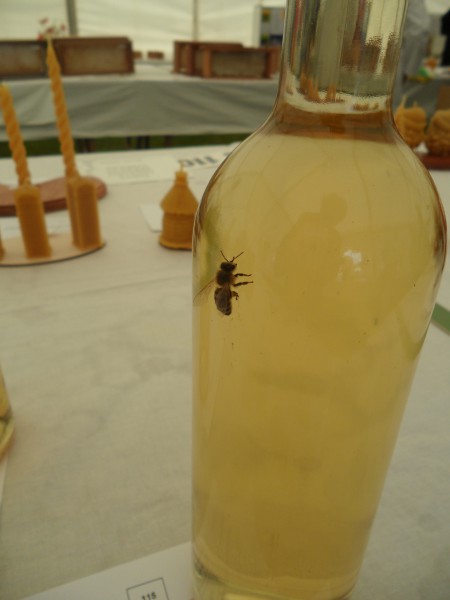Although unusually warm, the signs of Autumn approaching are all too clear. Not just condensation on the windows, and even the first frost on the car roof; but also the ivy flowers covered in bees gathering in the last big pollen harvest before winter. The ivy is really important for them, as they build up reserves of food to see them through to spring. As beekeepers we make this job harder for the colonies, as we’ve taken a lot of honey from them that they were keeping for a rainy day.
Hopefully we’ve judged it right, and maximised our harvest whilst giving them time to rebuild their reserves. We have to take into account the likely pollen and nectar flows in late Autumn, the current size of the colony, the weather over the coming winter, and the likely availability of food at the start of the 2015 season. If we could get all that right we’d be making a living as weather forecasters, so there’s a lot of luck and plenty of contingency involved too. Plus regular inspections so we know what’s going on, and starting to top up the nectar flow with syrup or candy where needed.
Other actions we can take though are to secure the hives against disaster; we’ve narrowed the entrance ways so the bees can defend against robbing wasps – and bees from other hives – and later we will put on mouse guards to keep out thieving rodents. We will also wrap vulnerable hives in chicken wire to deter hungry woodpeckers, who can drive a colony out of a hive even if they fail to make a hole in it.
Despite Autumn drawing closer, there’s still plenty going on. One of our hives has been busy building a queen cell (hopefully so a new queen can supercede the current one, rather than to swarm)… then again, we’ve taken two swarm calls this week. One was to an inaccessible swarm that was going to move on by itself, and another the property owner never called back with contact details; but it just goes to show that some colonies at least think the summer’s not over yet!!

